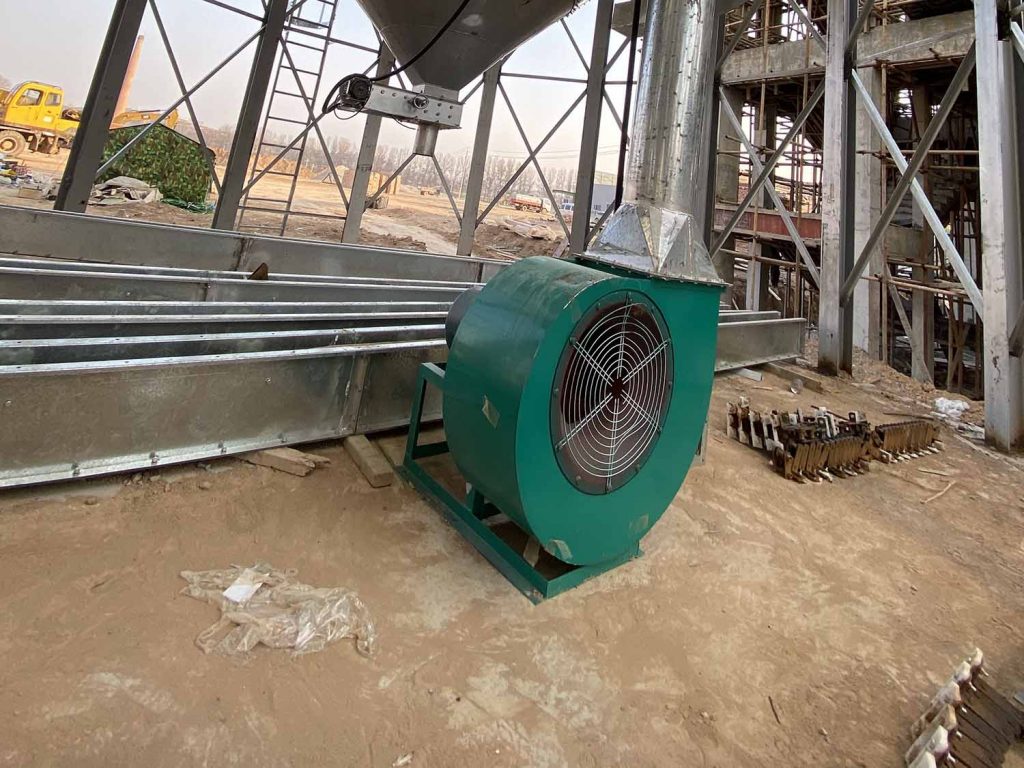Among various ventilation devices, with diverse application scenarios and complex selection parameters, accurately choosing the right centrifugal fan is a key issue. Below is a practical guide to the core elements of centrifugal fan selection.

Flow rate is one of the core elements of centrifugal fan selection. In industrial production, the ventilation task's intensity directly determines the required fan flow rate. For example, in typical workshop ventilation scenarios, the fan flow rate can be initially estimated based on the workshop's volume and air change rate requirements. The air change rate is a key indicator to ensure indoor air quality, and it is usually recommended to maintain an air change frequency of 6 to 10 times per hour.
Pressure is another core elements of centrifugal fan selection. In ventilation systems, factors such as pipe length, diameter, number of bends, and characteristics of various ventilation devices collectively form the system's total resistance. In complex chemical production ventilation systems, pipes may be hundreds of meters long, with dozens of bends and multiple ventilation devices.
During the selection process, accurately assessing the system resistance helps us choose a centrifugal fan with the right pressure. This avoids insufficient pressure causing poor ventilation or excessive pressure leading to energy waste, achieving a precise match between fan performance and system requirements.
Good compatibility between the centrifugal fan and associated equipment is crucial for smooth production processes. When the centrifugal fan is used with a fume hood, the hood's exhaust volume and pressure requirements become important criteria for fan selection. Fume hoods, commonly used in laboratories or chemical production, primarily function to promptly exhaust harmful gases to ensure personnel safety and experimental accuracy.